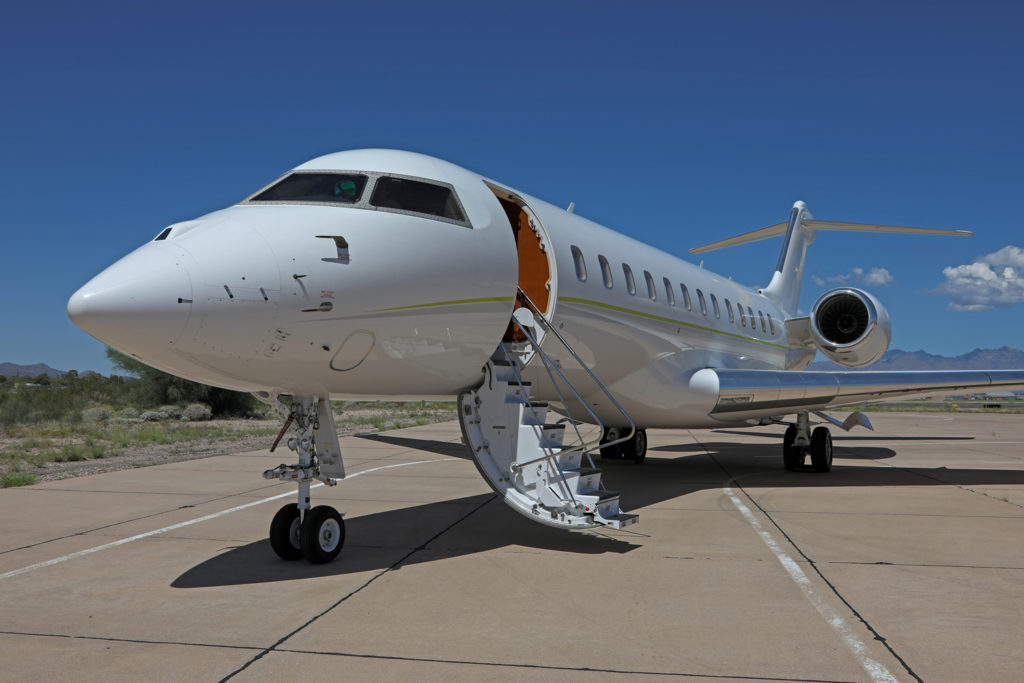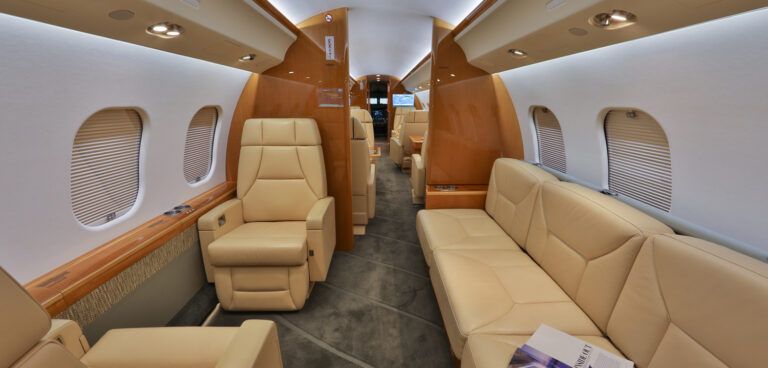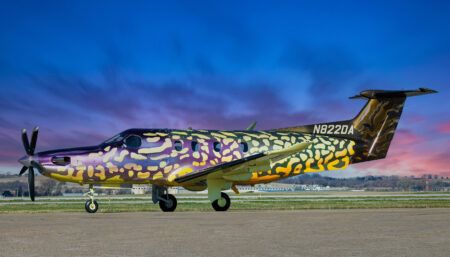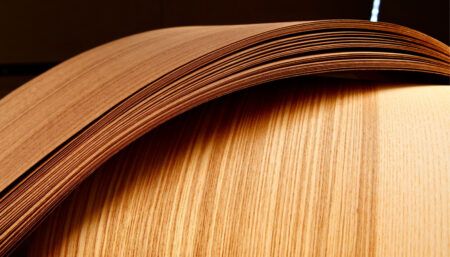Pascal Bachmann, senior vice president of sales, EMEA, for Jetcraft, discusses aircraft purchasing and refurbishment trends
What trends have you seen in terms of the people buying private jets – for example in terms of age and location?
Buyers favor recent well-equipped aircraft. There is also a marked trend toward larger machines offering more capabilities that are able to cover more distance without having to stop. This evolution probably finds its origin in the globalized economy, requiring more and longer trips.
North America has remained the number one business aviation market, followed by Europe and Asia, and we expect these three markets to hold their market share for the foreseeable future.
 Jetcraft’s fourth annual market forecast, released at the end of 2018, predicts that North America will once again take the lead in new unit deliveries over the next 10 years (60%), with Europe (18%) and Asia-Pacific (13%) in second and third place.
Jetcraft’s fourth annual market forecast, released at the end of 2018, predicts that North America will once again take the lead in new unit deliveries over the next 10 years (60%), with Europe (18%) and Asia-Pacific (13%) in second and third place.
What types of aircraft are popular, and why do you think that is?
Our forecast predicts that the large jet category, comprising super-large, ultra-long range and converted airline segments, will constitute 32% of new unit deliveries (2,778) and 64% of total revenue over the next decade. All new aircraft model programs, both announced and projected, during the forecast period are exclusively wide-bodies.
As mentioned above, the ever-increasing popularity of this type of aircraft can be attributed to the growing global footprint of today’s businesses, and in turn, the requirement to travel cross-continent.
Jetcraft forecasts that 20 new aircraft models will enter the market over the next 10 years, all super-midsize and larger, capable of this long-distance travel.

What trends do you expect in the market over the next 10 years?
Jetcraft’s market forecast predicts that steady growth is set to continue in the industry, with the next 10 years set to outpace the previous decade on both units and revenues.
Our industry comprises ultra-high-net-worth individuals (UHNWI) and corporate clients. On the UHNWI side, we are seeing opportunities. Worldwide wealth creation has spurred growth in family offices, which are now offering a wide variety of specialized services, including business aviation. This is exposing more UHNWIs to the industry than ever before and driving the increase in overall private aviation use, including private jet charter, as well as fractional and full aircraft ownership.
However, there are more challenges with corporations in the near term. Fortune 500 companies have yet to return to historical aircraft purchase levels due to focusing on other financial priorities, such as share buybacks and paying down debt. They are therefore unlikely to jump back into purchasing aircraft for another few years.
How often do sellers fit certain interior equipment/furnishings to make their aircraft more attractive on the resale market?
The average lifetime of a jet is 20 years from new, and the average period of ownership is about 10 years.
Pre-owned aircraft less than five years old are in high demand right now, and typically need very little refitting if they are cared for properly. It has happened that the buyer of a nearly new aircraft, in perfect condition and equipped with the latest and greatest in communication and entertainment systems, decides to give it a complete interior overhaul, changing soft goods and adding even more technology.
I remember the buyer of a one-year-old Challenger 300 deciding to ground the aircraft for two months immediately after having bought it to redo the cabin so it suited his style and expectations. But this remains the exception.
The modifications made by sellers we see the most have to do with avionics upgrades and minor touches in the cabin, such as maybe replacing a carpet or bringing veneer back to its former glory.
With limited inventory of younger aircraft available, we are seeing a trend toward purchasing older aircraft and completely refurbishing them, similar to what is trending in real estate.

What interior equipment makes an aircraft easier to sell?
Technology, particularly cabin connectivity, is becoming an increasingly important factor for buyers, and it could present residual value challenges for any pre-owned aircraft that aren’t upgraded to the most modern standards.
There are also certain cabin configurations that are more preferred. Generally, it will be difficult to resell an aircraft that has a floorplan differing from the one offered as standard by the manufacturer. Buyers like to have something standard, and so do financing companies – it is simply easier to resell when the time comes.
Again, like in real estate, the most sought-after aircraft are typically those that are finished tastefully and neutrally, without any extreme customizations.

Do you notice different interior preferences by region?
If I had to pick, the most creative interior customizations I’ve seen have come from the Middle East and Asia. But we have customers around the world that have tailored their interior to meet a specific need or preference. That is one of the biggest benefits of full ownership. I remember a Swiss buyer who wanted his aircraft to have the feel of his mountain home, and another who insisted on teak flooring, like on his yacht.
Are there any other interior trends you’ve noticed lately?
One trend of late is aircraft interiors sourced from high-end fashion brands. For example, we recently owned a Global 6000 with a Fendi interior.






